‘People won’t accept anything else’ - on the catwalk at Milan Fashion Week
It was a season of big debuts with a changing of the guard at Gucci and Tom Ford and a reminder of fashion’s key drivers - craft and creativity.
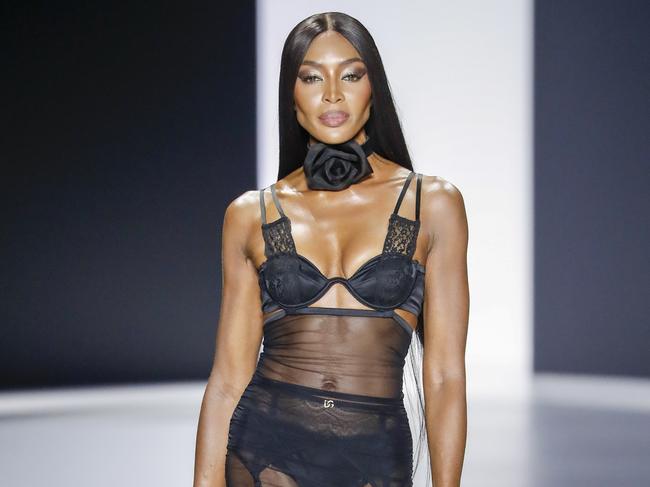
In the recently debuted and feverishly discussed Apple TV+ series The Super Models, which details the outsize impact of mega models Naomi Campbell, Cindy Crawford, Christy Turlington and Linda Evangelista in the ‘80s and ‘90s, The Washington Post critic-at-large Robin Givhan says that fashion doesn’t necessarily change culture. What it does, says Givhan - who has won a Pulitzer Prize for her fashion criticism - is give a “signpost” for where culture is going.
To wit, Milan Fashion Week. Not only have some of the original ‘supermodels’ made show stopping appearances - Naomi Campbell strutted for Dolce & Gabbana in a sheer black lingerie-inspired look and Claudia Schiffer closed the Versace show in metallic green and silver chain-mail - but the entwining of fashion, culture and business has been keenly felt.
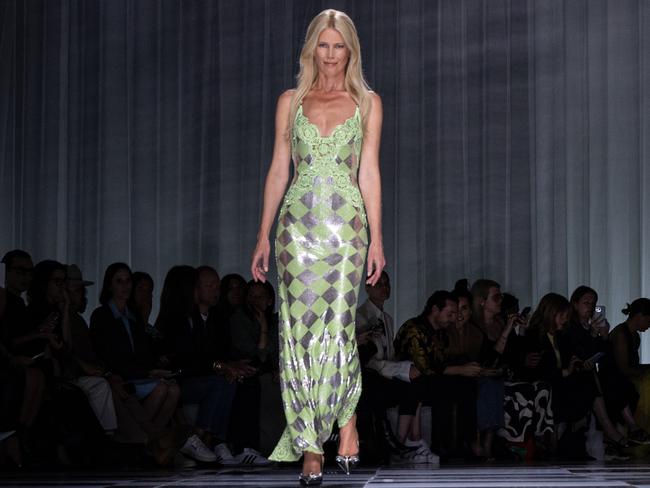
What people want to wear is all part of it. There is a shift in the air.
The season included some much anticipated debuts, including Sabato De Sarno as the new creative director of Gucci. That his new collection was a complete reversal from that of his predecessor - the more-is-more eccentricity of Alessandro Michele who jump-started fashion into a new mode of personal expression and revived Gucci’s fortunes - says much about where things are headed. De Sarno zoned in on essential heritage Gucci-ness - the cut of a beautiful jacket worn with shorts, the leather of a ‘Jackie’ bag, he added platforms to the brand’s instantly recognisable loafers - and left behind the fanciful. He said in an interview prior to the show -with a seriously A-list front row including Ryan Gosling and Julia Roberts - that “I want people to recognise Gucci because of the shape”. Gucci’s shares, meanwhile, jumped four per cent immediately after De Sarno’s debut.
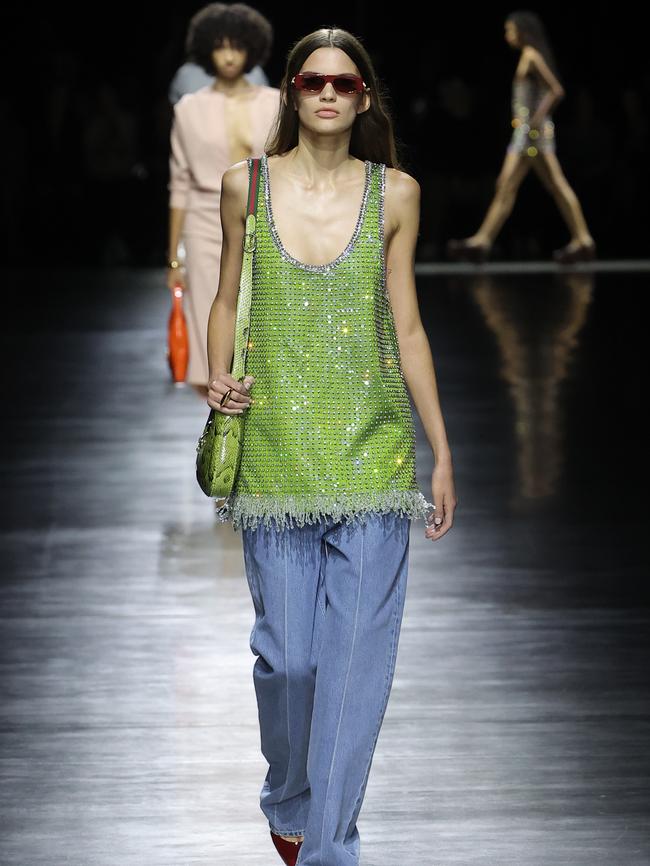
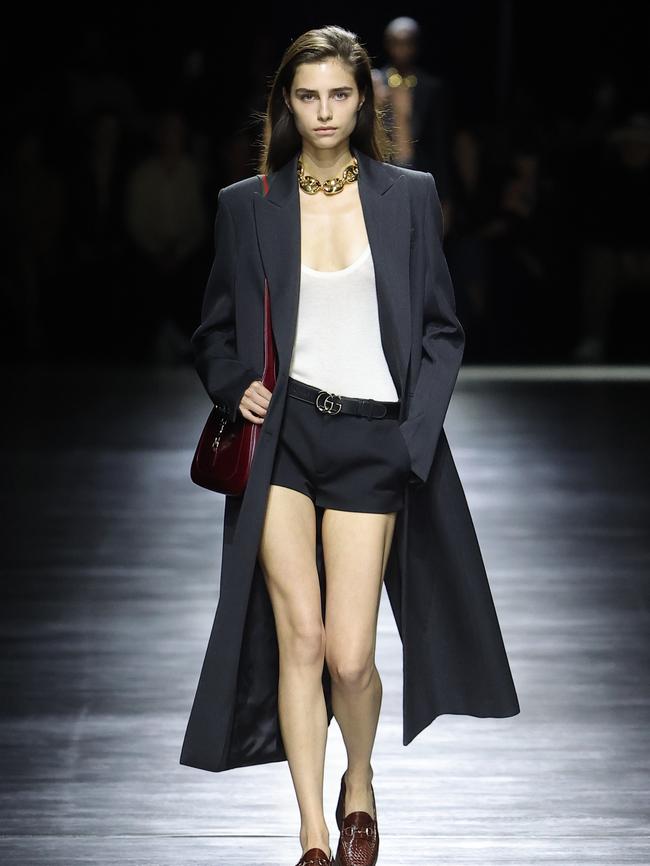
In a time when ‘stealth wealth’ and ‘quiet luxury’ have become style aspirations, when the cost of living is crunching many except those at the very top who want evermore special things and privacy seems more appealing than being too ‘online,’ a well-made jacket with an ‘if you know you know’ factor certainly has appeal.
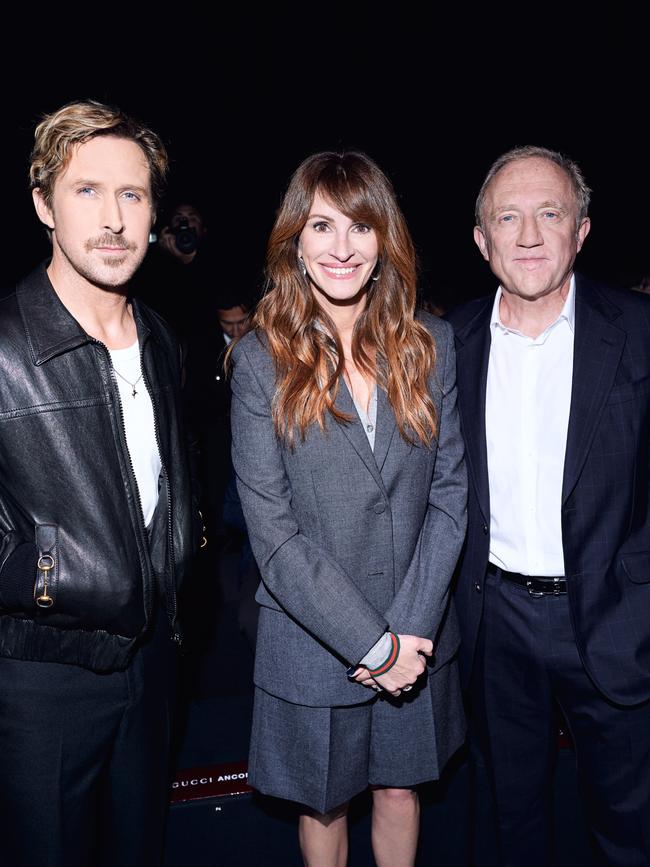
Prada, one of the standout shows of Milan Fashion Week, has long been a bellwether for what people want. Often before they know it. This season Miuccia Prada and her co-creative director Raf Simons, think people want clothes.
“Let’s talk about clothes. Because it seems sometimes clothes are neglected. But that is our job. It’s what we do,” Prada told reporters backstage at the show.
The clothes were beautiful - organza cocktail dresses that would have the effect of making someone float into a party, just-so wool tailoring tucked in a belt of silver fringing, a patch worked leather bomber jacket.
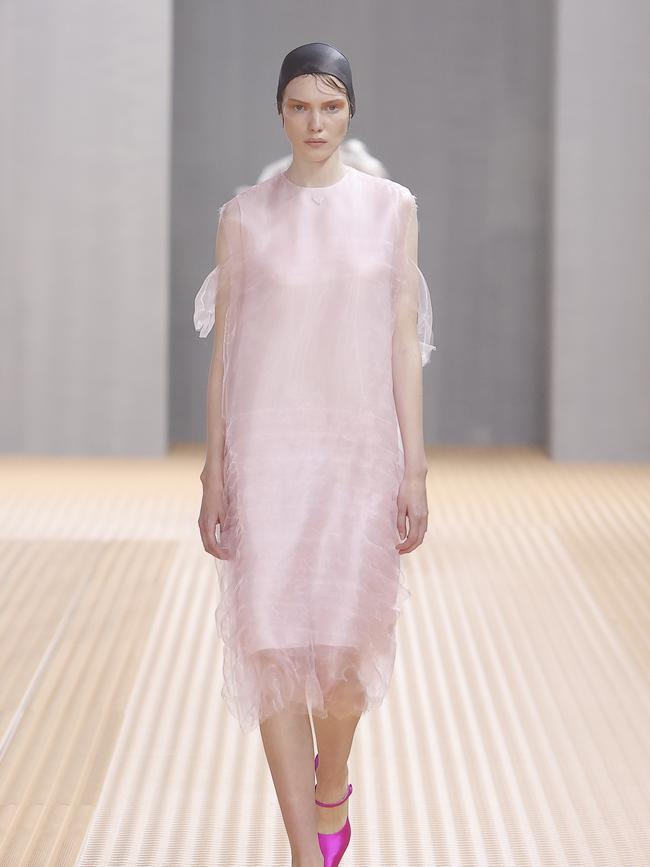
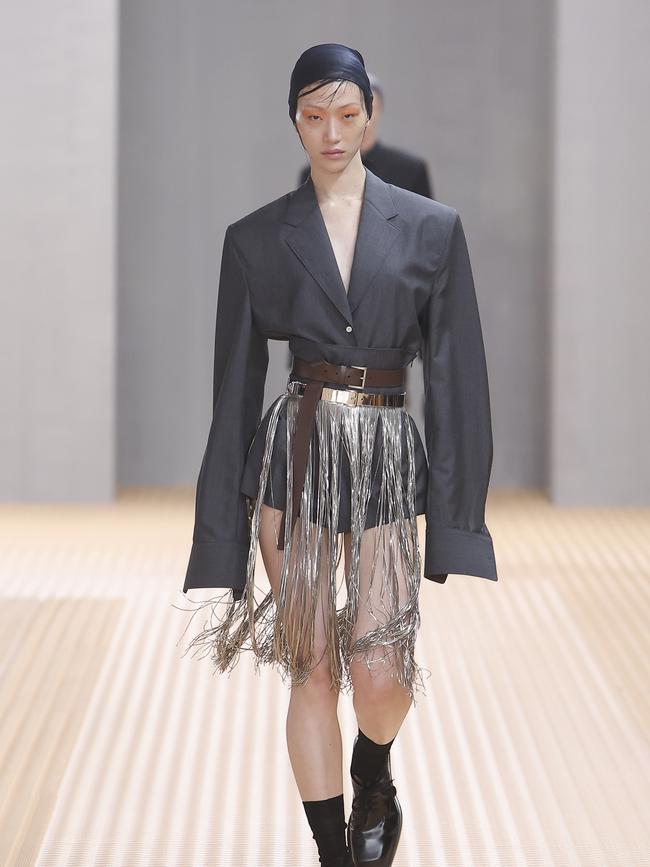
Two gears were in play this season. There was the enduring idea that sex sells, from the lacy corsets at Dolce & Gabbana to the marabou trimmed high voltage glamour at The Attico. There was also a feeling for easy-to-wear polish such as the slouchy tailoring at Fendi and the exceptional craftsmanship at Bottega Veneta. Probably they’ve got a lot on and need a wardrobe to keep up!
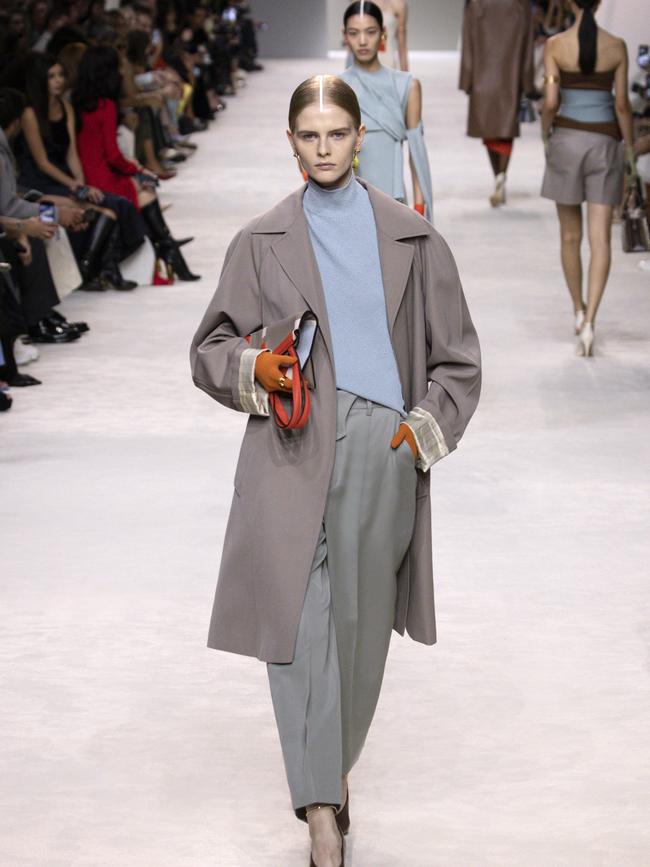
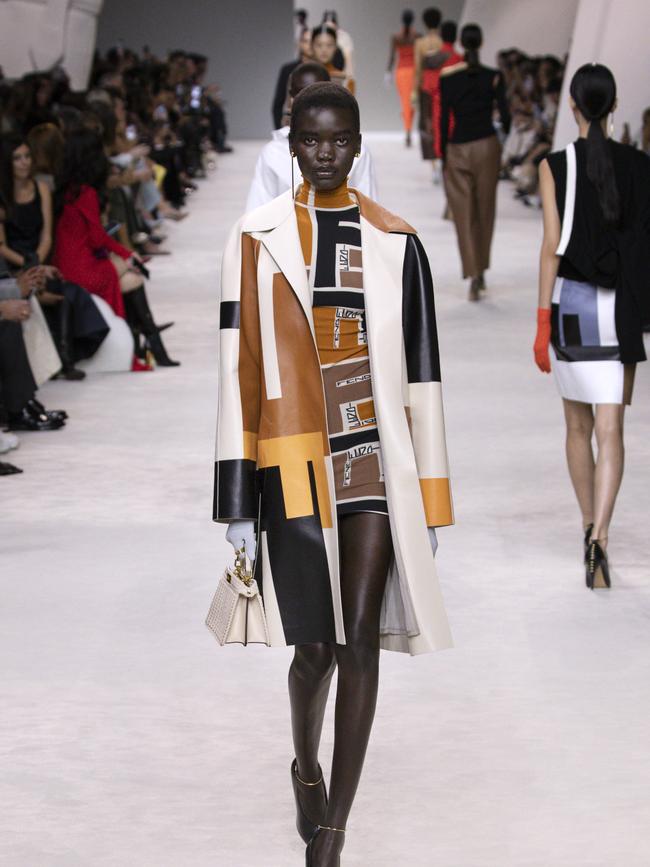
Collections that straddled the two speak to women wanting to dress sexily and glamorously but on their terms. There is a need to be comfortable but far from the sweatpants of the Pandemic years.
Ian Griffiths, the long-time creative director at Max Mara - a fashion house with the byword on quiet luxury with its every season focus on those camel coats - believes women will no longer bear clothes that don’t feel good to wear. His collection this season took inspiration from the ‘Land Girls,’ women from all over England who volunteered to till the country’s food supply during the Second World War, and there was a practical, easy and chic charm to his clothes.
“I think women will want to dress in a way which is easy … The clothes that you can live in and breathe in. Which is why the garment dyed pieces that open the show are so great because they‘ve got sexy silhouettes. But you can sit on a plane, you can sit in the car. They’re already creased and characterful. They’re not going to get any worse. So in that sense, they’re still easy to wear,” says Griffiths.
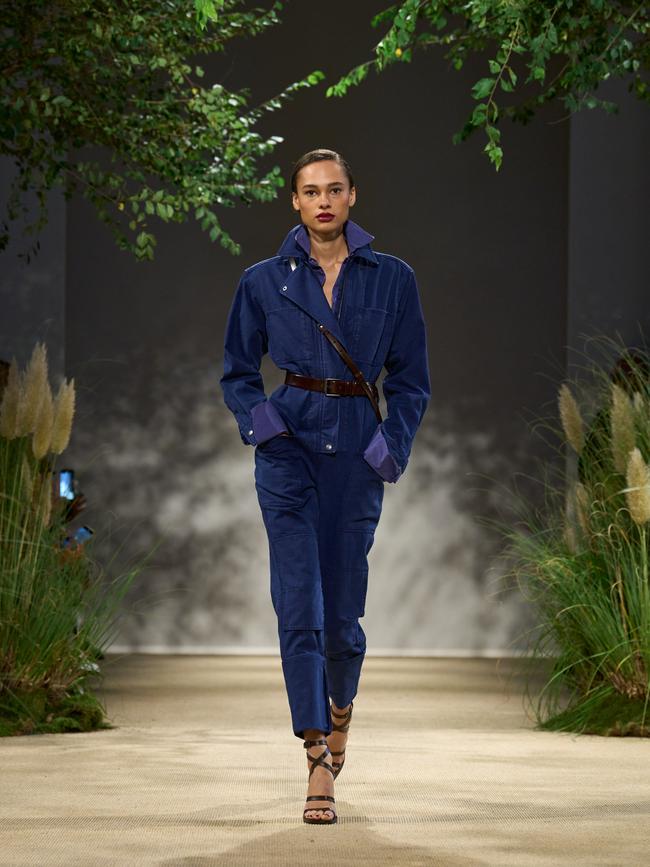
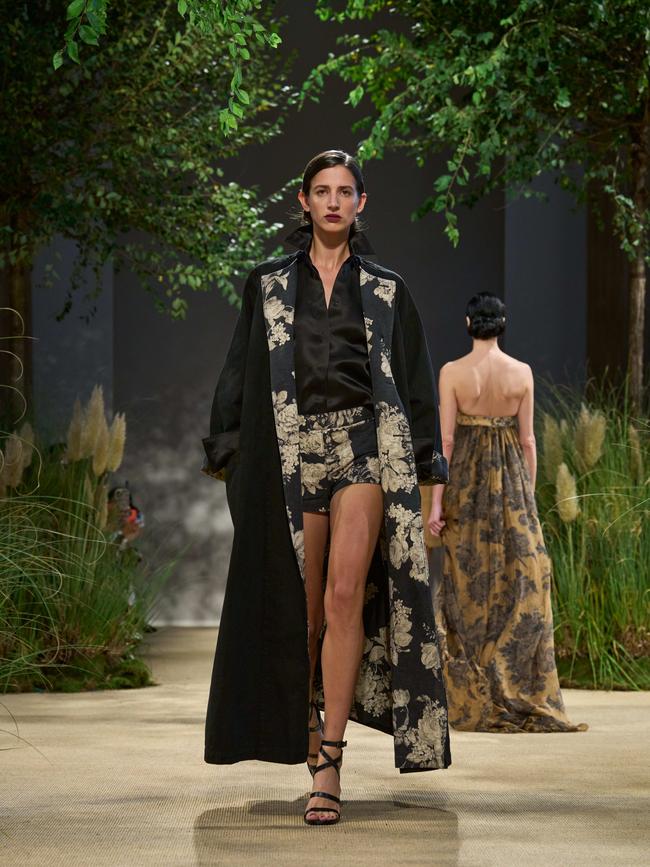
“I don’t think that women are prepared anymore to put up with clothes that are difficult. You can’t breathe. You have to sit in a certain way. You can’t sit down because you’re frightened of creasing them. Clothes have to be easy to live in these days. People won’t accept anything else.”
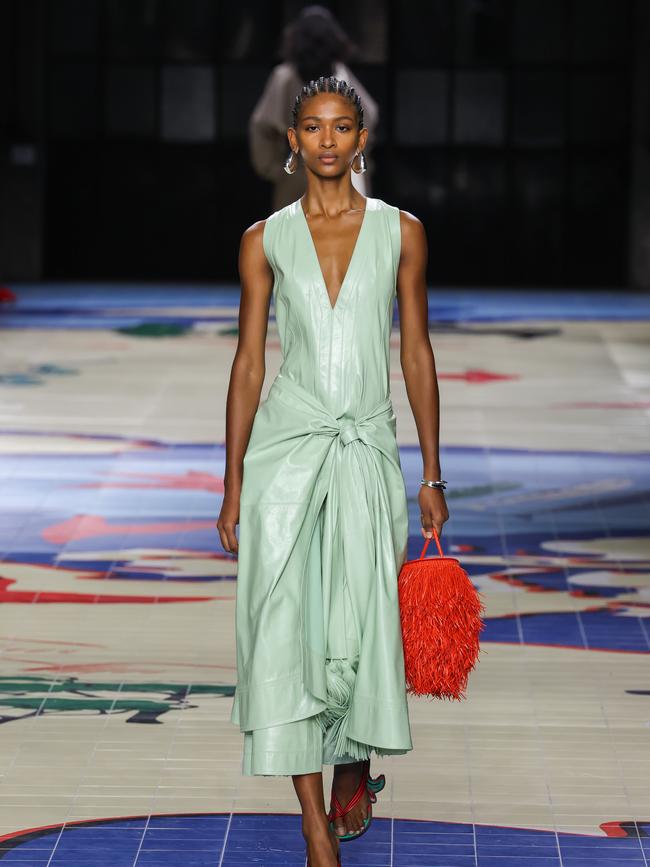
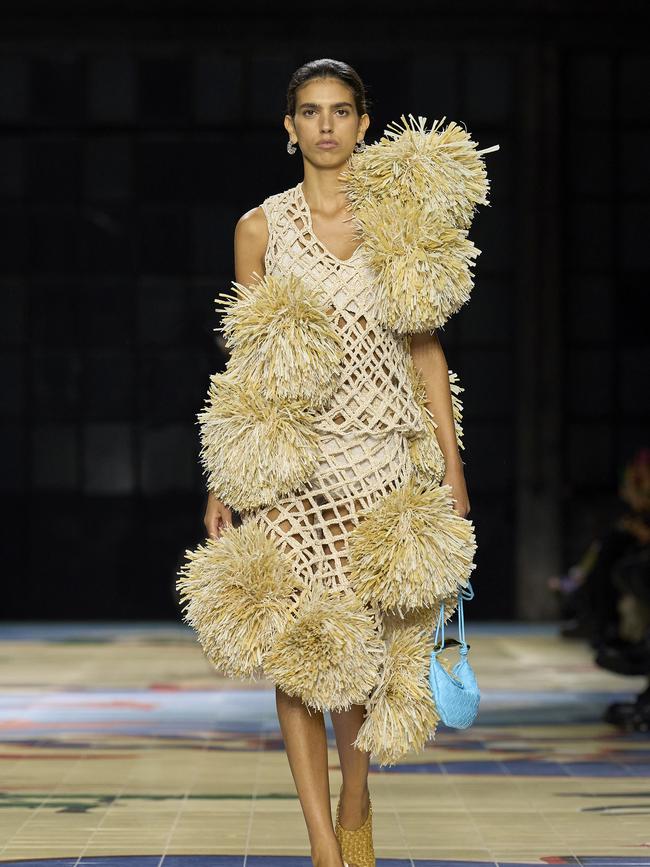
That this season went rather long on very brief shorts — and indeed on some occasions no trousers at all — will be interesting to see play out.
Beyond well made clothes in good fabrics, specialness is something that the top clients of luxury fashion houses are seeking. This pointy end is becoming increasingly important.
As Luca Solca, head of luxury goods research at Bernstein, noted in a recent article for The Business of Fashion, while times might become more straitened for aspiring luxury customers, the top 5 per cent of clients drive more than 40 per cent of sales at luxury brands.
There’s certainly plenty on offer for them at Bottega Veneta, which continues to evolve exceptional ideas of craft and specialness under creative director Matthieu Blazy (including the $8k leather ‘jeans’ of previous seasons). This season Blazy continued his optical illusions with leather, including a minty leather evening dress with fringing and bias cut leather skirts made from strips of leather, there were also crocheted raffia dresses with pom pom embellishments and a yellow eyelet dress with pearls strung on the straps.
“Where people call craft dusty, I think it’s the opposite,” Blazy told US Vogue. “It’s a world of possibilities.”Dressing for a world of possibilities could be said for what women want from their clothes too.
Fashion month continues in Paris this week with the likes of Christian Dior, Chanel and Australia’s Christopher Esber to show.



To join the conversation, please log in. Don't have an account? Register
Join the conversation, you are commenting as Logout